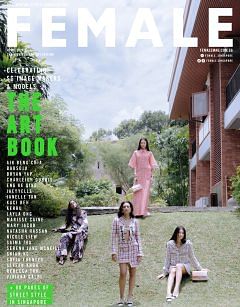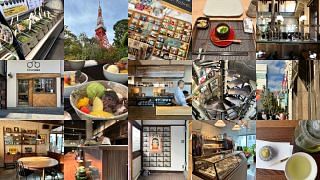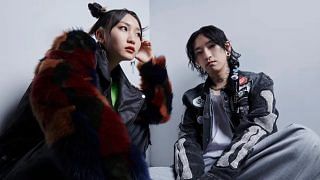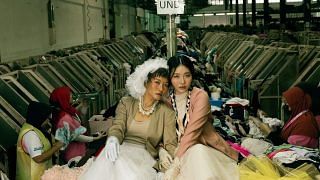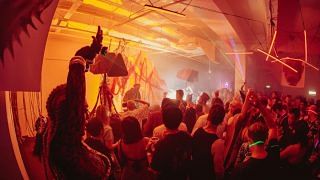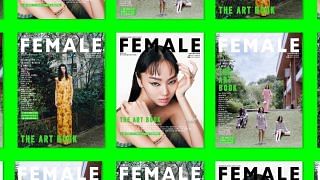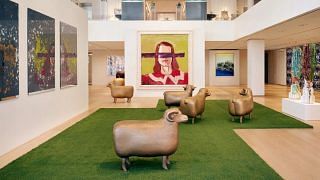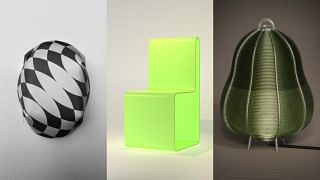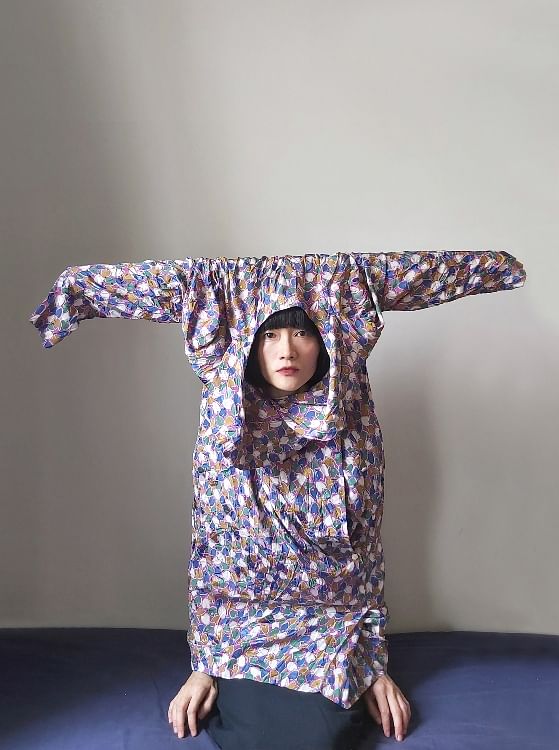
The work
“This piece is part of a series called Daily Hat Objects and is both a ‘sketch’ and part of my research for another series I’m working on about hat design. During the lockdown, utilising the available resources around me became obligatory not only because of the circumstances but also because I’ve always loved improvising and being spontaneous when working. The results might seem irrelevant and useless, but what I hope to do is offer another perspective on how we can form new relationships with the objects around us in a light-hearted manner.”
Read More: These Images From Our Creative Friends Will Lift Your Spirits During These Times
On the disruption of current projects, and working around it
“Initially we were planning to do more tearoom projects within Singapore/Malaysia and also in other cities. We were anticipating more cross-disciplinary artist collaborations as well such as the one we did in late Feb at The Zhongshan Building, Kuala Lumpur, in which we did a collaboration with a Malaysian sound artist/musician.
I find it tough to engage the audience online especially with the latest projects I am working on which are based on spontaneous human interactions experienced through physical participation. I am thinking in terms of how to reach out to the people if we have to do it without the physical contact and yet still with the optimum interactions. It is complicated, and I haven’t gotten an absolute solution yet.”
“Art is not leisure; its role is to support our human software on an emotional and spiritual level.” – Aiwei Foo
Read More: The Artling Has A New Program To Support Local Artists And Galleries
On how essential the arts is
“It is only essential if it provides a certain form of support to the social structure. Art is not leisure; its role is to support our human software on an emotional and spiritual level.”
On how the industry should evolve
“Regardless of the artistic discipline, I hope that artists and creatives will start to think about how we can use art as a pragmatic tool for functionality in everyday life.”
